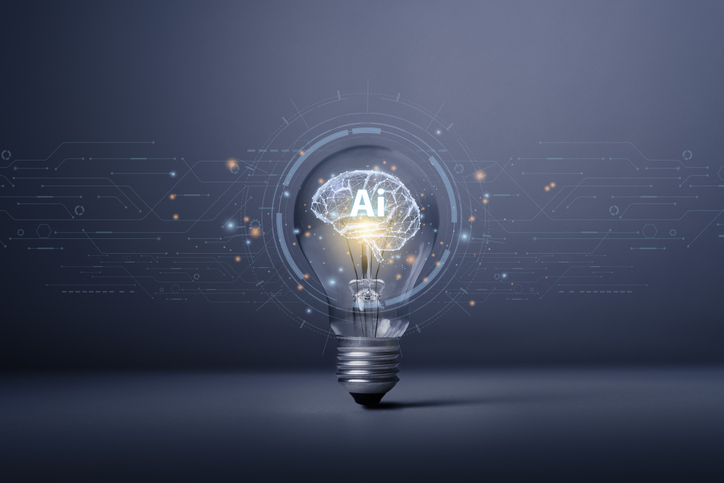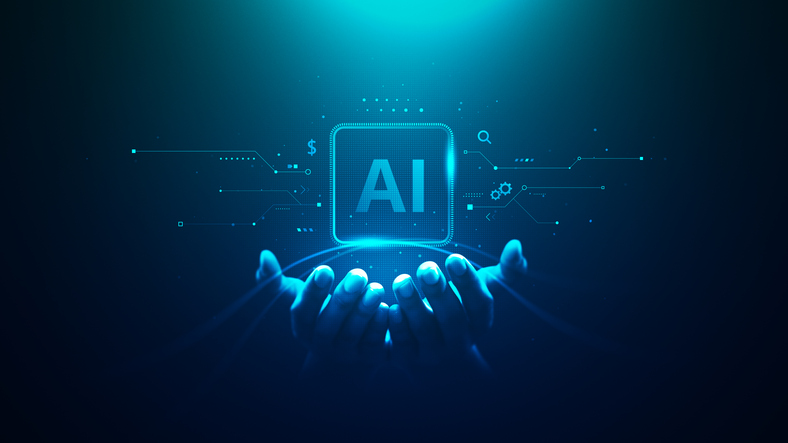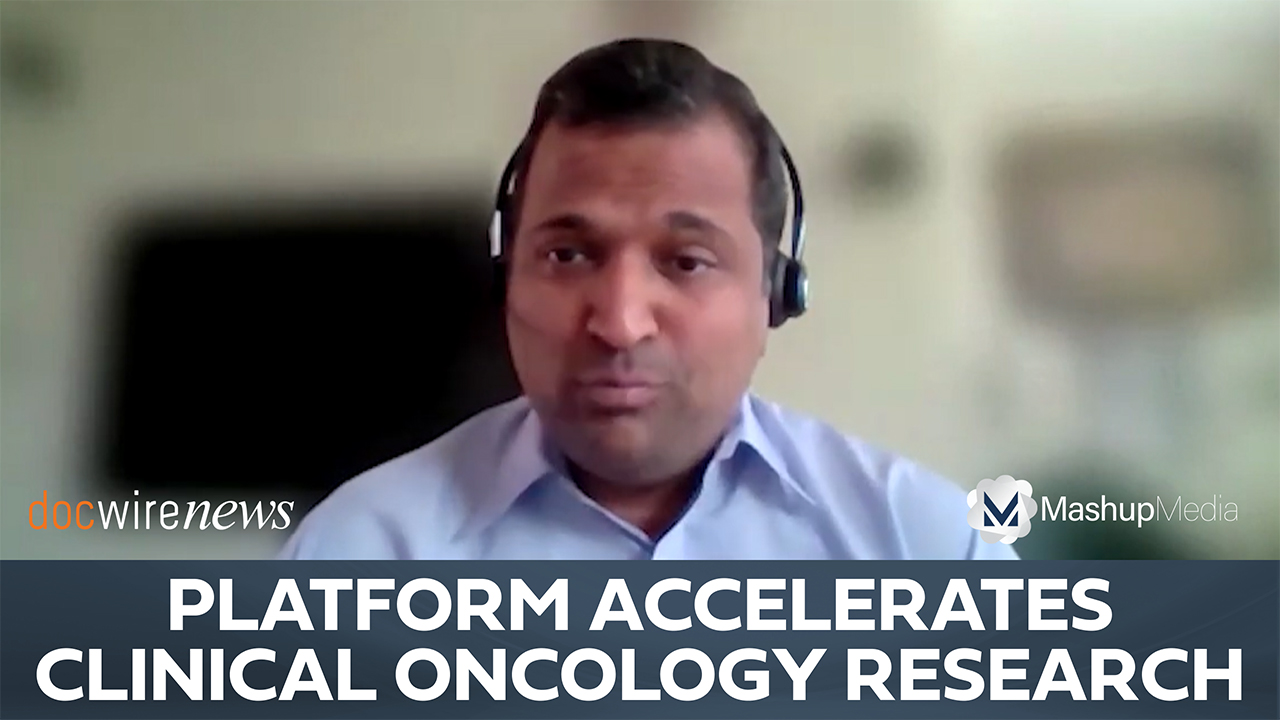Dr. Michal Tzuchman Katz Discusses Kahun: The Clinical Reasoning Tool of The Future
By Rob Dillard - Last Updated: April 27, 2023Kahun, the clinical reasoning tool that performs dynamic clinical assessments at scale, recently announced a partnership with MediOrbis, a multi-specialty telehealth company. The two companies have taken upon themselves the task of ameliorating the first steps of the healthcare journey by simply injecting it with innovation.
By offering Kahun’s proprietary AI-driven digital intake tool as a part of its comprehensive telehealth platform, MediOrbis clients can now access Kahun as a means of providing patient information, streamlining telehealth visits, engaging patients, and assisting providers in managing telemedicine consultations, ensuring smooth first steps in a patient’s healthcare journey.
DocWire News spoke with Michal Tzuchman Katz, MD, Co-Founder and Chief Medical Officer of Kahun, to learn more about its AI-driven capabilities, and about this exciting partnership.
DocWire News: Can you provide us with some background on yourself?
Dr. Michal Tzuchman Katz: Sure. Thank you for inviting me to speak here. I’m very excited, happy to tell you a little bit about myself and about Kahun. So I’m Michal Tzuchman Katz. I’m co-founder and chief medical officer of Kahun. I’m also a practicing pediatrician, and actually my career path started way back as a software engineer. I used to work as a software programmer, and this is actually where I met the two partners that I’m working here today with at Kahun. And that’s about myself.
Talk to us about Kahun – what is the company’s mission?
So Kahun is a tech company. It’s been around for five years. What we build at Kahun is technology that is a clinical reasoning engine, you can call, which basically uses or transforms the medical knowledge, the medical scientific knowledge into a structured format, and using an algorithmic layer, building tools for providers that will help them streamline and make more informed decisions in the management process of their patients.
What differentiates Kahun from other AI-driven health care companies?
Okay, well that’s a big question. There are many different AI solutions out there that are related to healthcare. What Kahun does is it streamlines the path of clinical reasoning. So the encounters between patients and providers, really in any type of encounter, not limited to any telehealth or inpatient visits, it’s basically a clinical reasoning process that requires extensive knowledge and extensive experience and clinical skills by the providers. And adding the capabilities of AI into that process helps the physicians do a better job, which means helps the physicians work more efficiently, helps them make more informed decisions, making better decisions about how to provide the patients with further management decisions and processes that they need in their journey. And in total, it means that the patient outcomes will be improved and this will also, of course, make the whole process more efficient and reduce the cost, where it’s an important issue, as we know how shortage of staff of healthcare providers is a global issue now.
Talk to us about recent partnership with MediOrbis, and what it means for both companies.
Yes, of course. This is a very exciting partnership with MediOrbis. We were fortunate enough to be introduced to Dr. Jonathan Weissen a while back, and this connection was very exciting. Dr. Weissen is chief medical officer and co-founder of MediOrbis, and it was a mutual connection, as both companies see the same vision of how to improve care. MediOrbis is a company that provides global telehealth services in different modalities, in primary care, urgent care, specialty care, chronic patients, and others, and is being a very innovative company. They are very open to adapting and incorporating AI solutions into their platform. And this is actually where this partnership made a lot of sense, incorporating Kahun’s clinical digital assessment into their platform, being able to streamline patients who come into these consultations in MediOrbis, and making the whole process of for the patients and the providers better.
How does this partnership stand to shape the future of both AI, and telehealth in health care?
Okay, excellent question. Well, I think this partnership is really an excellent example of how AI is incorporated into the medical practice. We know how difficult it is for physicians to adopt such systems. The workflow of physicians is multitasking, and the providers in that consultation need to perform different tasks in that very short session. First and maybe most important is the data collection process, is being able to talk with the patients and gather data from the patients in medical terms. This is a history taking process and this process is very time consuming. When a history taking is performed in a good manner, it requires, as I said before, extensive knowledge and extensive experience by the provider. And it takes time to do that process well. And in addition to doing that, performing that history taking, the providers also have to document this history into their EMR, or in the MediOrbis case, it’s their own telehealth platform that they built, an excellent platform.
So documentation, again, is time consuming. And this time with a patient needs also to be communication with the patient, giving reassurance to the patient, guidance to how to further work with their conditions, understand their conditions, and so on. So this is where Kahun comes in. Kahun starts the conversation with a patient before the visit. So the patients will receive a link to a chat interface, and through that chat interface, Kahun will perform that very extensive, comprehensive, high quality history taking. And all this information will be captured and transformed and pre-populated into the EMR. And in the MediOrbis example, again, it’s into their platform, but it could be incorporated into any EMR.
And this is actually here, you can split it into two different paths. First of all, it’s the pre-visit. So even before the visit begins, the provider already has all this rich information about the patients that are scheduled for a visit. It could be later in a time slot later today or later in the week, and they can make decisions. According to this rich information, maybe they can resolve the case already or they can send the patients to perform some tests before they come in so the visit will be more effective and so on. And then there’s the other path, of when the consultation actually begins. When the patient comes into the room, virtual or face-to-face, the provider has all this rich information about the patient insights that Kahun can provide about the diseases that need to be suspected in the patient, a very reasoned explanation that speaks in the same language as the provider. Providers use scientific knowledge for their decision-making processes, and Kahun does the same.
So all this information is mutual in the same decision process. And it’s also like an assistant for the provider. It could be an assistant in the coding, really giving the provider all the coding that are relevant to that patient that they can immediately use and make sure that they’re coding correctly in the chart the patient’s presentation, which will of course make it very efficient, but also the providers can interact with that engine. The same engine that was capable of doing a history with the patient is also available for the providers. They can interact with this engine, they can give the engine more information, maybe about some objective findings that the patient may have, laboratory abnormalities or imaging abnormalities or some findings that are objectively collected by the provider. And this engine continuously assists the provider in their clinical reasoning process.
Any closing thoughts?
So when I say clinical reasoning engine, what does really mean? I mean, how can you mimic the thought process of physicians? So what it actually does is the core technology of Kahun is a knowledge graph. It’s a representation of all the scientific knowledge that is out there and it captures the understanding of diseases, the connections between the diseases and their manifestation and the epidemiological data and risk factors and complications and clinical manifestations and so on, but it captures the information in a way that understands the connections, the type of the connection, whether it’s a causality connection or an associated connection, and also the strength of the connection. Complex knowledge from scientific papers citing the strength, the statistical strength between all these medical elements is captured into the knowledge graph. So this huge knowledge graph is the basis of what Kahun uses to make these processes. And in a way … and you asked before about the differentiator of Kahun versus other AI systems, this is the main differentiator, that it is very trusted by physicians because it is based on the same scientific knowledge that they use to make decisions.







 © 2025 Mashup Media, LLC, a Formedics Property. All Rights Reserved.
© 2025 Mashup Media, LLC, a Formedics Property. All Rights Reserved.